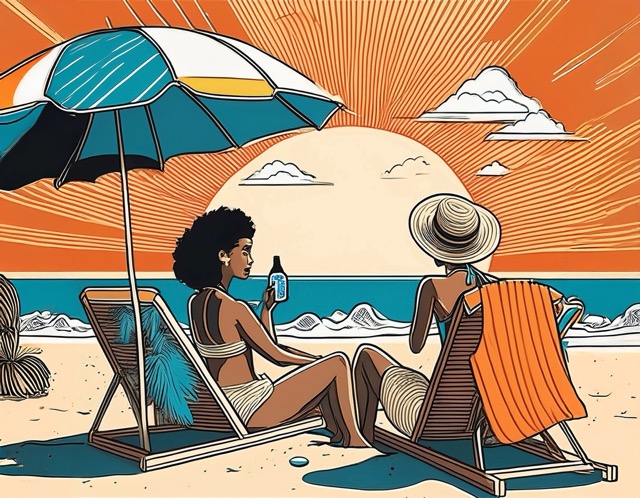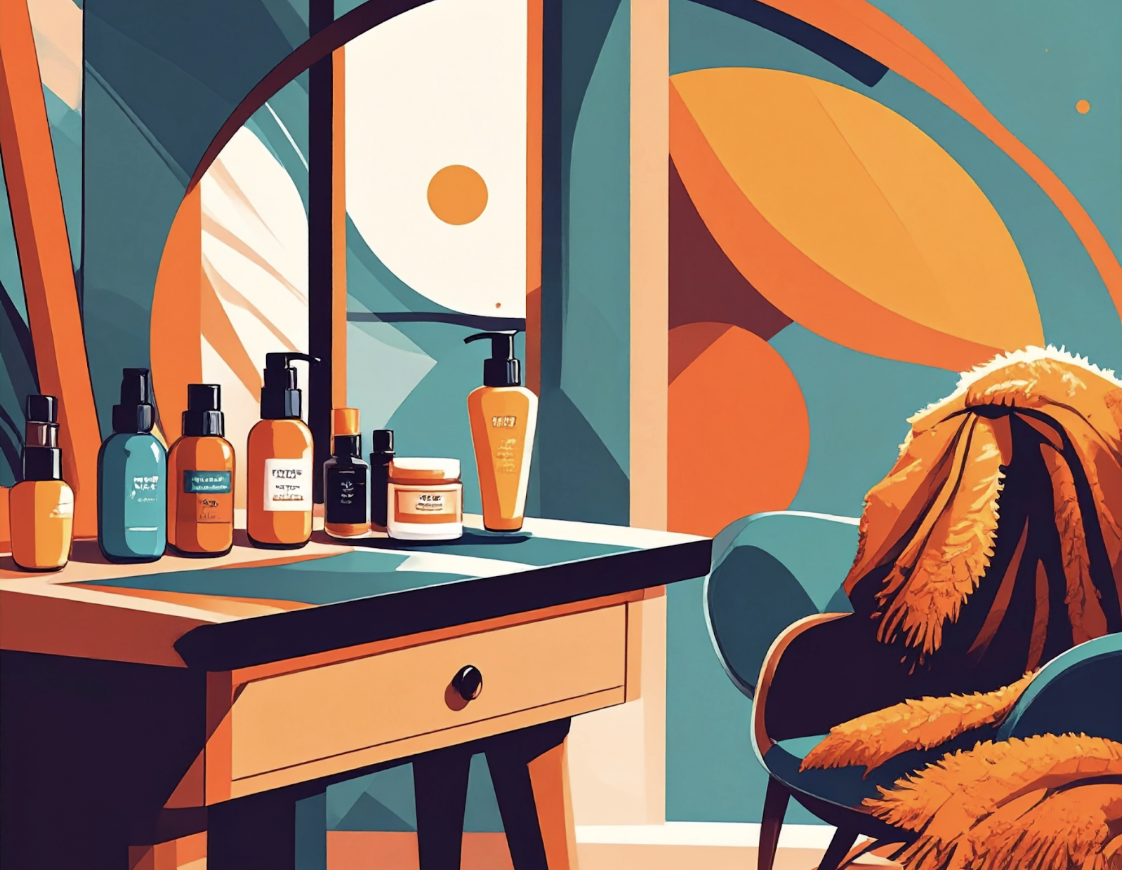Protecting Your Skin This Summer

Protecting Your Skin This Summer
Summer is the time for sunny days and being outside, but it’s also when your skin needs the most protection. Even if you don’t burn, too much sun exposure can lead to long-term skin damage and raise your risk of skin cancer. The good news? A few simple habits can make a big difference in keeping your skin safe while you enjoy the season.
1. Sunscreen and SPF Makeup
Always apply a broad-spectrum sunscreen with an SPF of at least 30 before heading outside. “Broad-spectrum” means it protects against both UVA and UVB rays. Don’t forget to cover spots like your ears, neck, and tops of your feet. Reapply every two hours, or sooner if you’ve been swimming or sweating. If you wear makeup, look for products with SPF built in, but don’t rely on them alone. You should still use regular sunscreen underneath.
2. Lightweight, Long-Sleeved Clothing
Covering your skin with clothing is one of the most effective ways to block harmful UV rays. Choose lightweight, long-sleeved shirts and long pants or skirts made from tightly woven fabric. Darker colors offer more protection than light ones, and dry clothes protect better than wet ones. Some clothing is specially made with a UPF (Ultraviolet Protection Factor) label, which is like SPF, but for clothes.
3. Sunglasses with UV Protection
Your eyes need sun protection too. Look for sunglasses that block 100% of UVA and UVB rays. Wraparound styles offer the best coverage by blocking sunlight from the sides. Protecting your eyes also helps prevent cataracts and keeps the skin around your eyes from aging prematurely.
4. Wide-Brimmed Hats
Hats with a wide brim all the way around are best because they protect your face, ears, and the back of your neck. Choose one made from tightly woven fabric like canvas. Avoid straw hats with holes, and remember that baseball caps don’t protect your ears or neck.
5. Shoes That Cover Your Feet
It’s easy to forget about your feet, but they can burn too. Closed-toe shoes offer the best protection, especially if you’re outside for a long time. If you're wearing sandals or going barefoot, make sure to apply sunscreen to the tops of your feet.
6. Check the UV Index and Seek Shade
Most weather apps show the UV index for the day. A higher number means stronger UV rays. Try to stay out of the sun when the index is high, usually between 10 a.m. and 4 p.m. Look for shade under trees, umbrellas, or buildings. Even in the shade, it’s still important to wear sunscreen and protective clothing.
7. Sunless Tanning Options
Tanning beds are just as harmful as direct sun exposure. Instead, use sunless tanning products like lotions, sprays, or mousse. These give your skin a sun-kissed glow without the risk of cancer.
Moving Forward
Protecting your skin doesn’t mean you have to avoid the sun altogether, it just means being smart about how you spend your time outside. A little planning goes a long way in keeping your skin healthy now and in the future.
American Cancer Society (2019). How Do I Protect Myself from Ultraviolet (UV) Rays? [online] www.cancer.org. Available at: https://www.cancer.org/cancer/risk-prevention/sun-and-uv/uv-protection.html.
www.aad.org. (n.d.). What to wear to protect your skin from the sun. [online] Available at: https://www.aad.org/public/everyday-care/sun-protection/shade-clothing-sunscreen/what-to-wear-protect-skin-from-sun.
This overview highlights the importance of protecting your skin from sun exposure and adopting safe habits during outdoor activities. For more information, please visit the American Academy of Dermatology (AAD) website or consult with your dermatologist.
Take Control of Your Health
Discover how SkinCheck can help you detect skin cancer early.
Discover insightful articles on various topics.





